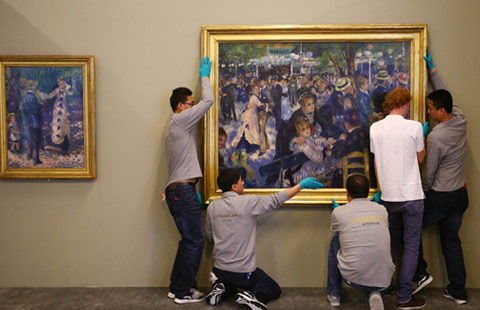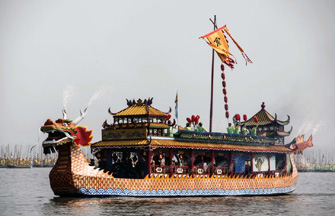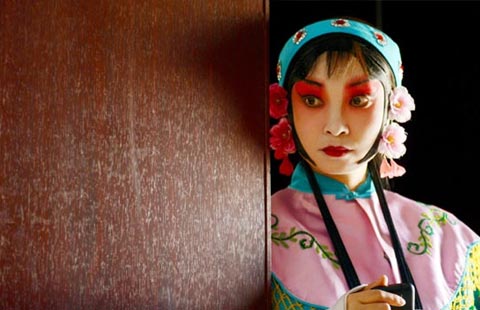Brush with beauty
By Huang liying ( China Daily ) Updated: 2014-03-09 14:39:11Traditionally, xieyi painters do not focus on the likeness of the object. Instead they turn the painting process into a meditation.
They emphasize catching the rhythm, dynamic movement and nuances of objects, making them integrate with the universe - the reason many believe xieyi perfectly reflects the spirit of Chinese culture.
In addition, many xieyi painters are excellent calligraphers because the two art forms are closely linked.
But it is not the only style that can express emotions and understanding of nature, Yu said.
Gongbi, which flourished during Tang dynasty (618-907), has a long history and deep roots in Chinese culture as well.
"Both form and spirit are important factors in Chinese traditional paintings. The detailed and concrete forms of objects in gongbi painting are not preventing, but helping, artists express their ideas and spirit," Yu said.
Both styles pursue "the most advanced stage in Chinese art - combining the realms of heaven and humans together", he added.
"Despite different approaches, every painter is a poet. We create things and give them meaning."
Although Yu is a gongbi painter, he never paints birds and flowers as exactly as they look.
He reconstructs them and creates an artistic world that enables him to deliver his feelings and spirit to viewers.
|
|
|
|
|
|
|
|
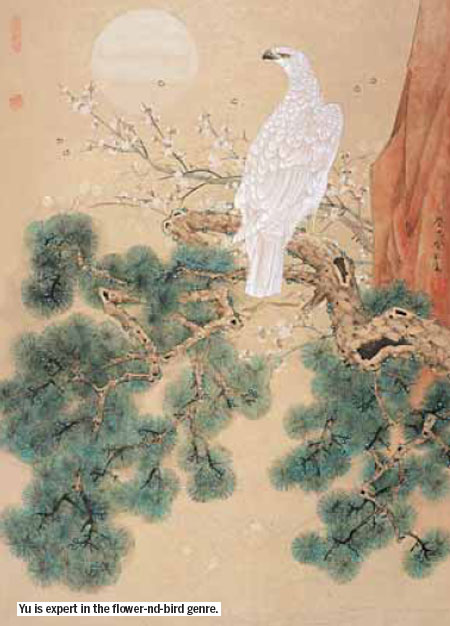


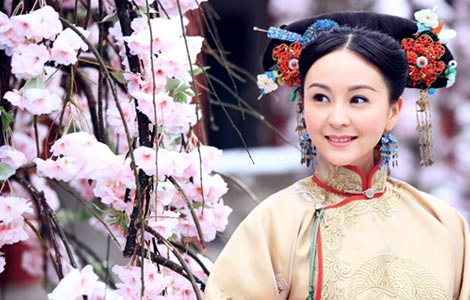
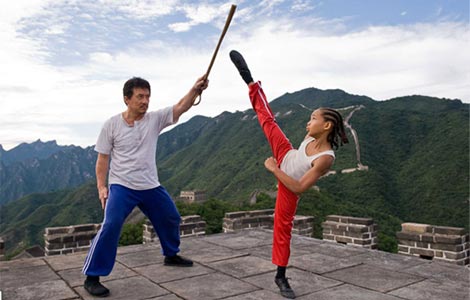
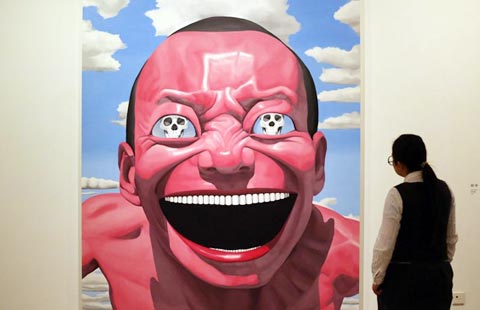
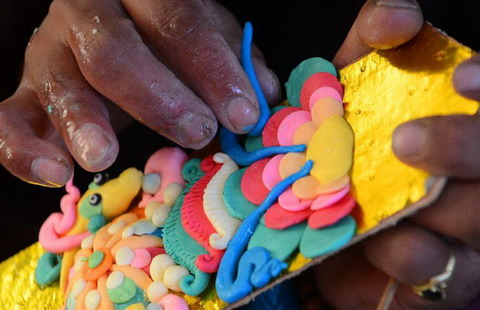
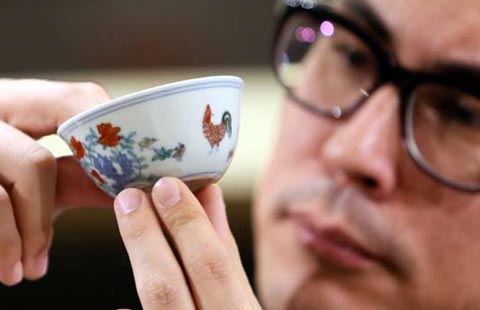
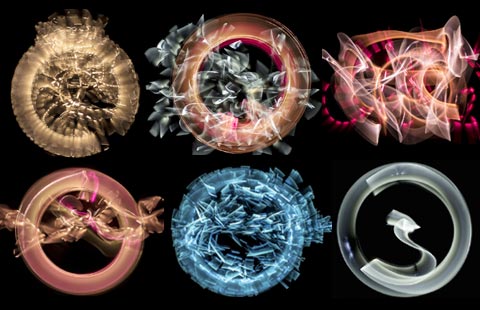
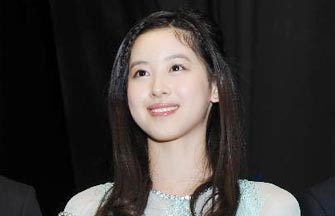
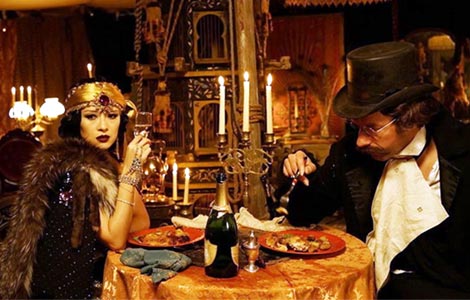
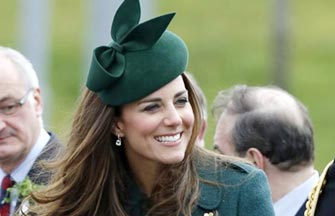










 Raymond Zhou:
Raymond Zhou: Pauline D Loh:
Pauline D Loh: Hot Pot
Hot Pot Eco China
Eco China China Dream
China Dream China Face
China Face
